
.jpg)
With seven hills that overlook the River Tejo, Lisbon is a stunning location that boasts beautiful architecture, delicious dining, breath-taking views, exciting nightlife… and wonderful beaches are not far away. We tried to sum up all the useful information and tips you might need for a short trip to Lisbon: transportation, must-visit places, and activities, things to eat, best viewpoints…
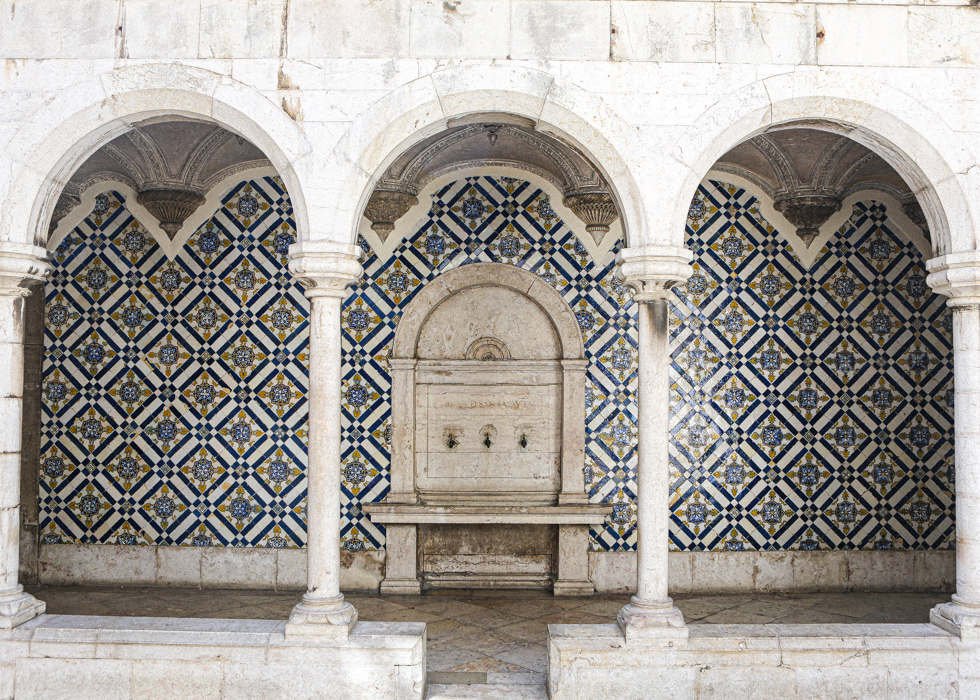
It’s always hard to say how much you should stay in one place. Local people would say that an entire life is not enough to discover a city! Well, knowing that most of us have a limited time to spend for traveling, 2 to 3 days can be enough to have a good overview of the city. You can spend 2 days exploring the city, and one more day for a day trip to Sintra, or to one of the nearby seaside towns, such as Cascais (40 minutes by train from the Station Cais do Sodré, Cascais Line 19067). In order not to spend too much time on transportation, we suggest you stay in the central areas, such as Baixa, Alfama or Muraria.
The city center is not that big so most of the places to visit are at a walkable distance from each other. However Lisbon is a very hilly town, so walking can quickly become very tiring. Public transportations are quite convenient and cheap.
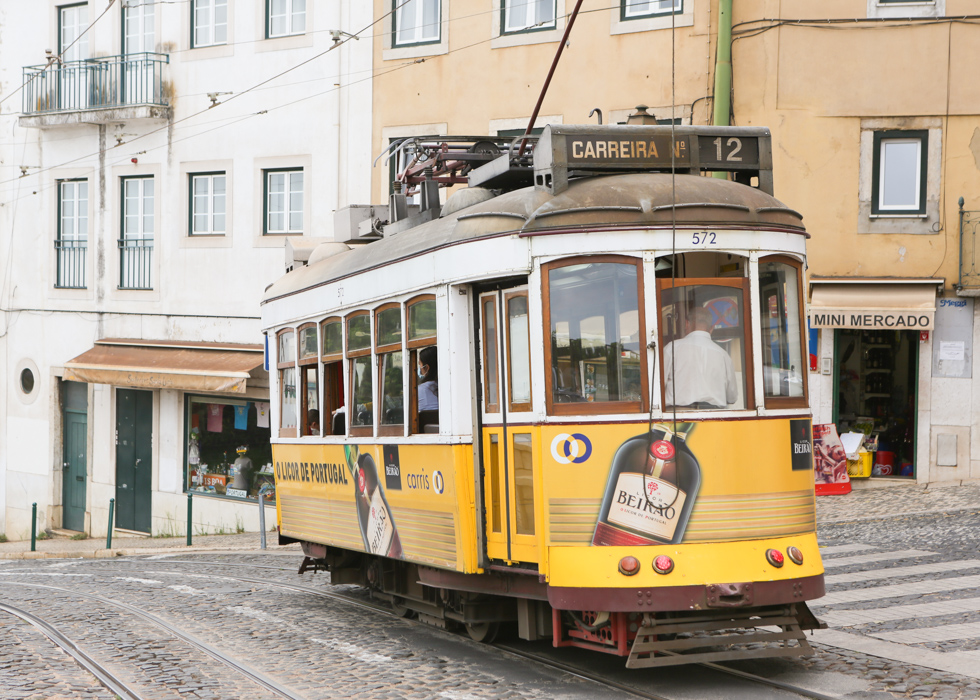
There are not many Metro lines but it’s quite a convenient and inexpensive (1,45€) way of communication, especially to go from the Airport to the Heart of Lisbon. The traditional tramways and Funicular might not be the fastest means of transport, but it’s quite a typical experience, and it is also convenient to avoid climbing too many hills. There are also plenty of bus lines to reach most of the places in town. Last but not least, Lisbon’s commuter train system consists of five lines that travel to greater Lisbon: it’s the easier way to go to Sintra or seaside cities like Cascais.
To ride public transport you’ll need to buy a non-refundable Viva Viagem card (0,5€). You can buy and load your card in any metro station from a ticket machine.
We have selected some of the most interesting places to visit in Lisbon if you have two to three days to discover the city.
Alfama, a picturesque labyrinth of narrow streets and small squares is the most ancient part of Lisbon, dating back to the Middle Ages. One of the best ways to discover the area is to stroll in the maze of narrow cobbled streets and ancient houses. It’s one of the areas where you can feel the most that Lisbon has a very nostalgic character of past greatness. The Portuguese have their own word for expressing the feeling of nostalgic longing for someone or something that one adores and now is lost: “Saudade”.
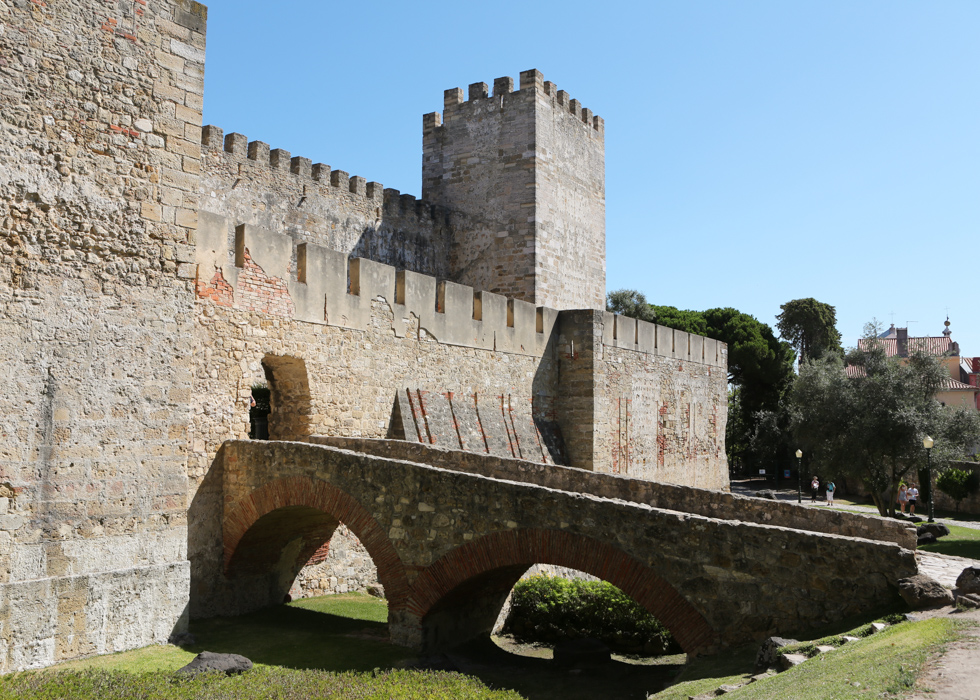
Castelo de Sao Jorge (St George Castle) worth the climb. It’s a well-presented archaeological site which has also romantic gardens with giving a 360 view of the city below. Human occupation of the castle hill dates to at least the 8th century BC but the actual Castle dates back from the 12th century. The castle is opened 7 days a week, from 9 a.m to 9 p.m (tickets: 10€).
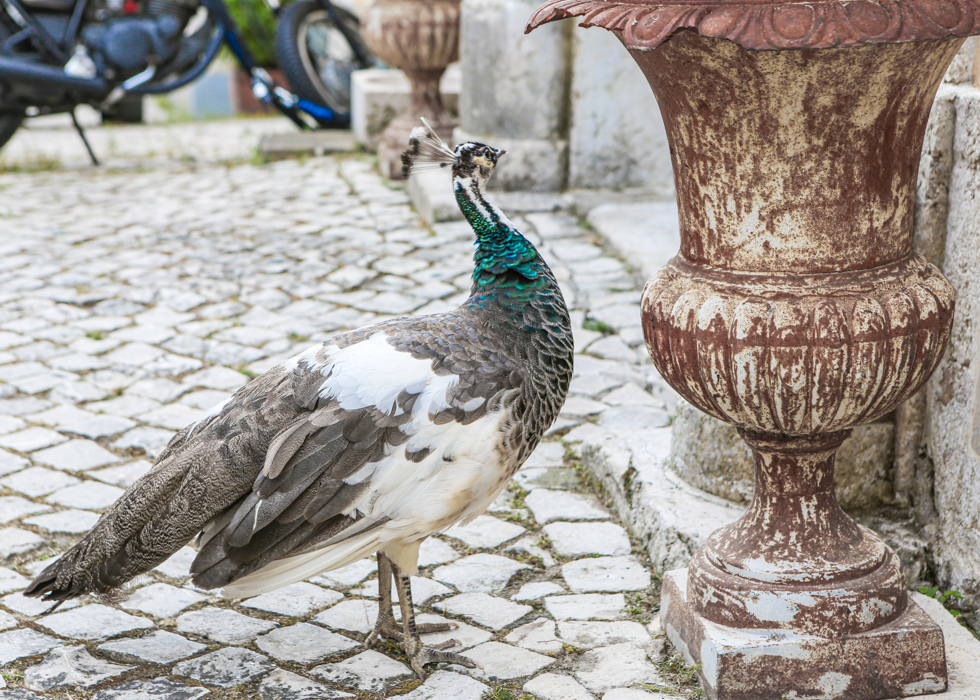
Nearby the Castle there are many street peacocks walking freely and that is not much afraid of travelers!
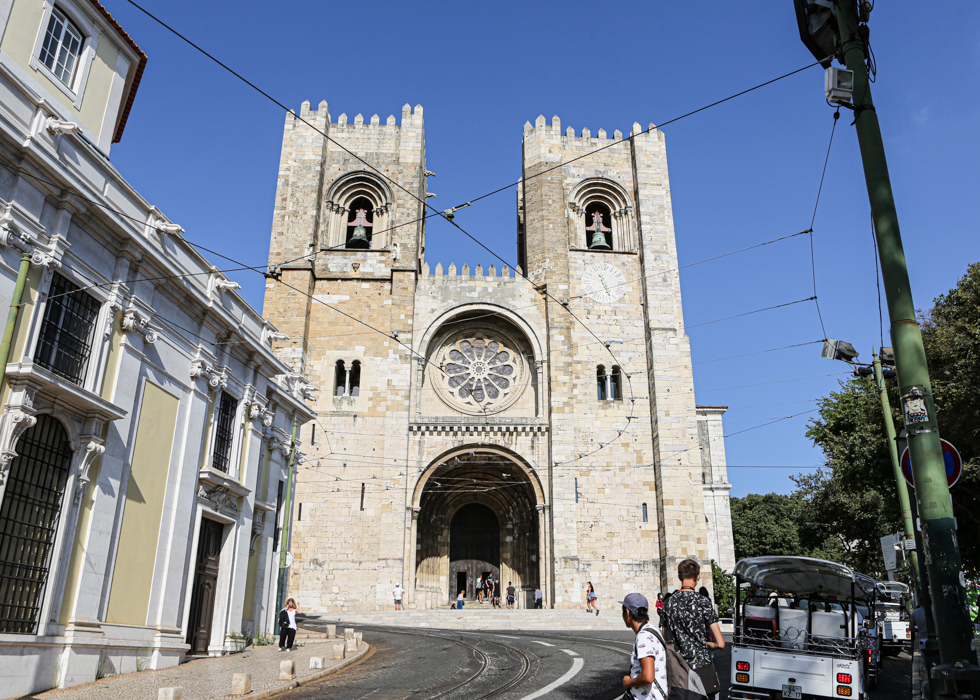
Last but not least, on your way to Baixa from Alfama, you can stop at Lisbon Cathedral. Built in 1147, the massive cathedral has also a beautiful gothic cloister (13th century).
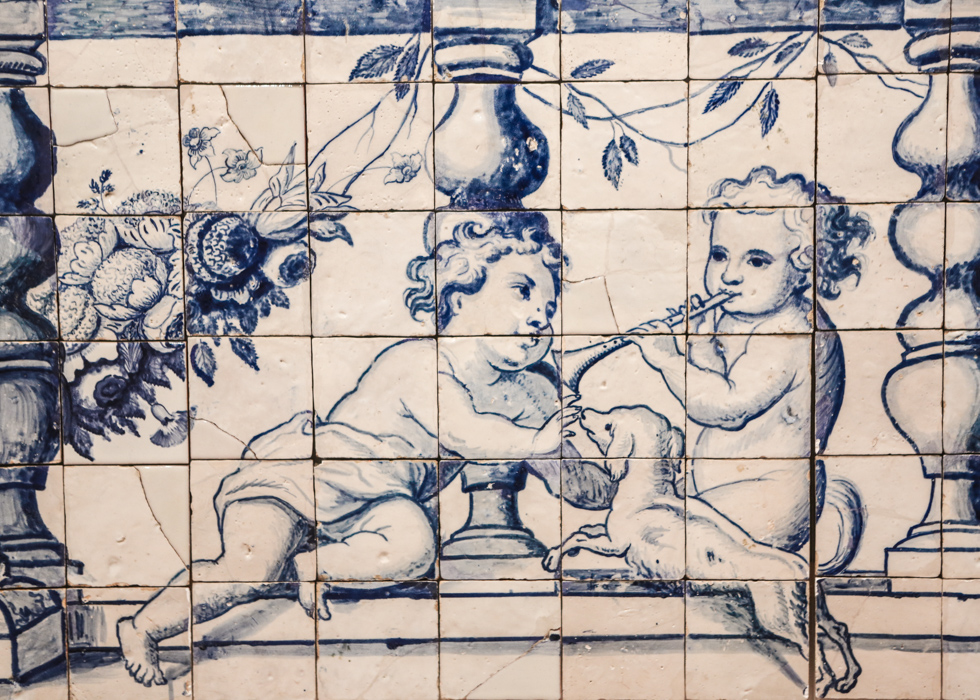
Azulejos can be found literally everywhere in the city center of Lisbon. They are painted tin-glazed ceramic tilework decorating the interior and exterior of churches, official buildings but also ordinary houses.
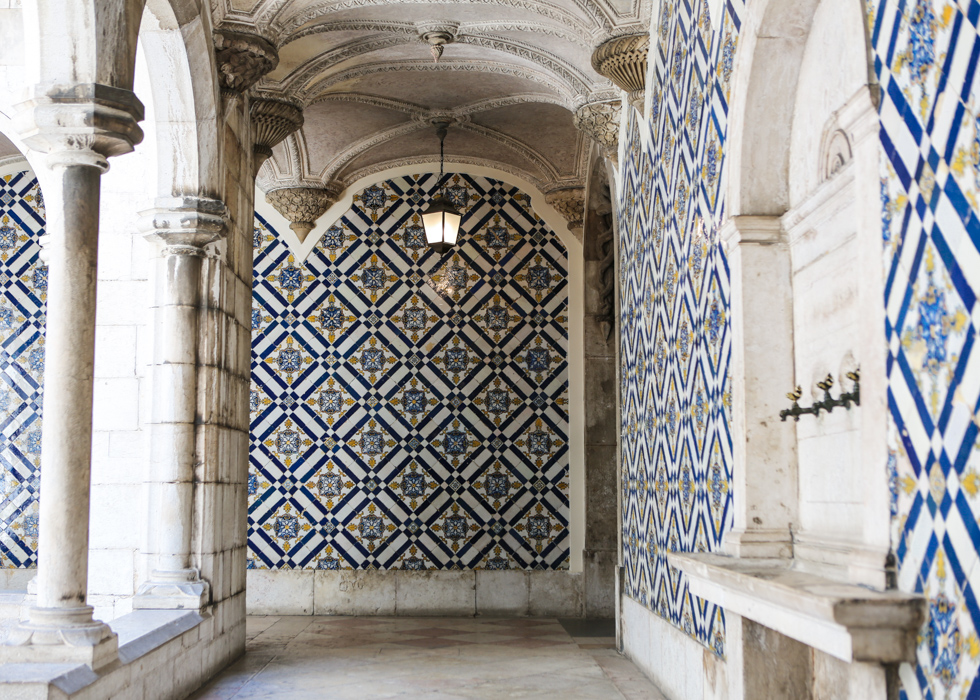
The museum is set in a former convent founded in 1509. It features a huge collection of azulejos from the 15th century to the present day, and it helps to understand the importance of Azulejos in Portuguese culture (admission price: 5€).
Baixa is the heart of Lisbon: it was completely reconstructed after the 1755 earthquake. The rebuilding of Lisbon was charged to the Marquis of Pombal, that created a city plan that followed a grid pattern. He reconstructed Baixa in a neoclassical style, with magnificent plazas and grand avenues.
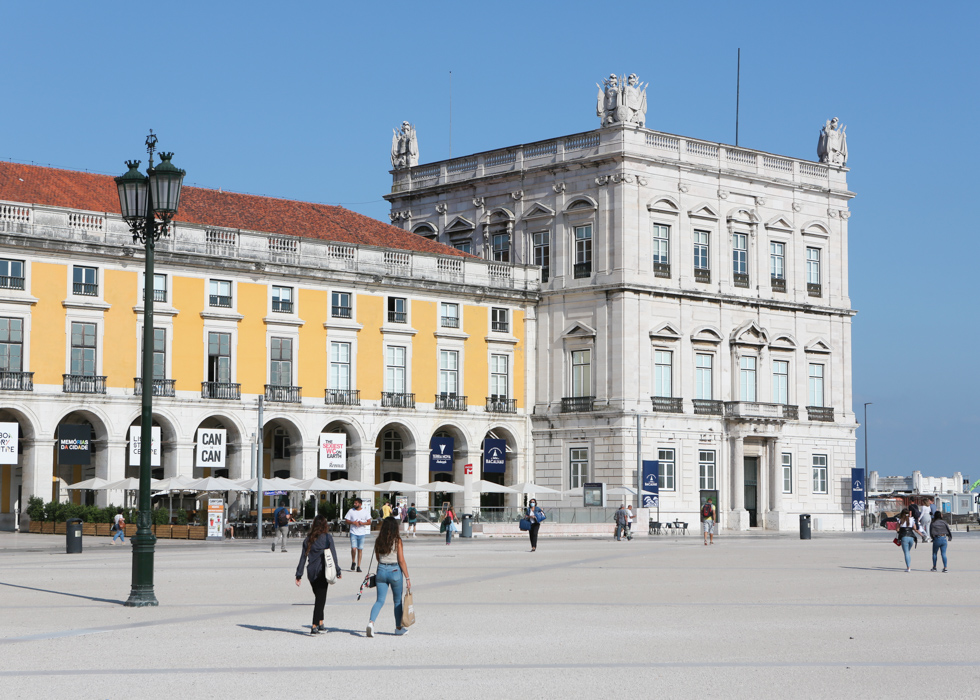
Nowadays it’s a very touristic area, with a lively and vibrant atmosphere. The Praça do Comércio, next to the banks of the Tejo Estuary, is the grandest of the plazas and was historically the gateway to the city.
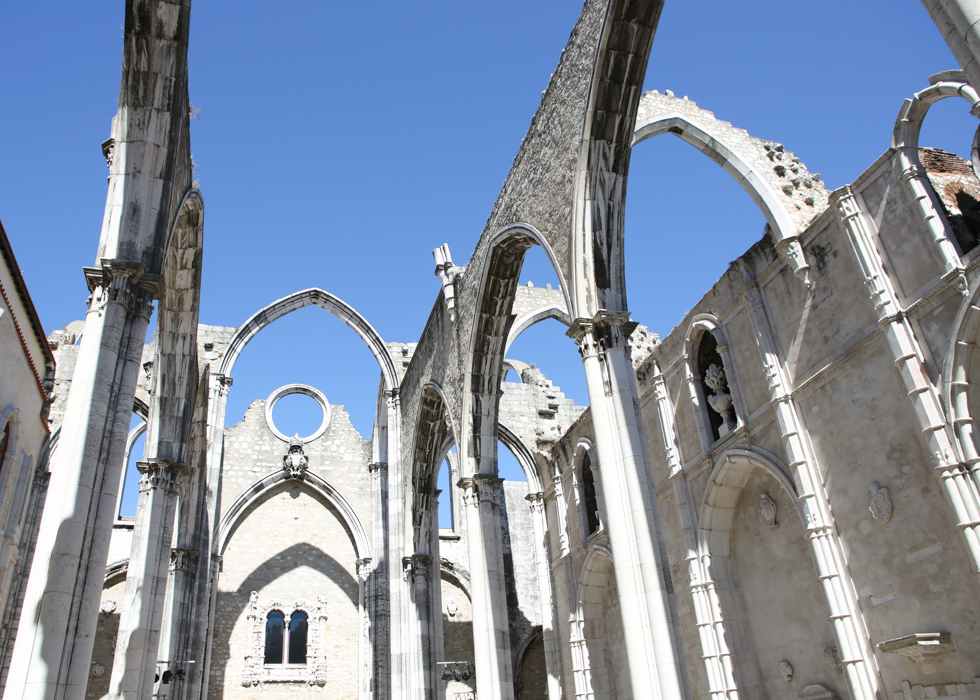
Lisbon was completely destroyed by the 1755 earthquake. There are almost no signs left of the earthquake, except the Carmo Convent. Minor repairs to the monastery were carried out but the gothic church was never fully rebuilt. You can visit the ruins and a small museum (admission price: 5€).
Belem district is located in the west of Lisbon. It was the location of the city Shipyards and docks: it’s from there that departed the explorers to India and America. Belem is easy to reach from central Lisbon by the E15 tram (30 minutes from Praça do Comércio).
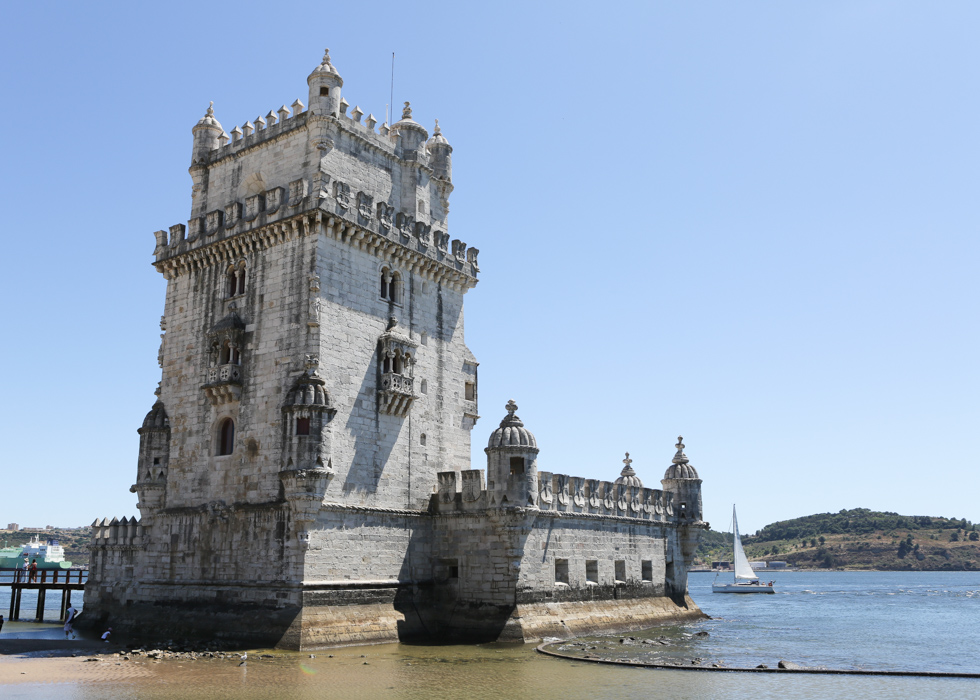
The most iconic building is the 16th century Torre de Belem (Belem Tower), which served as a point of embarkation and disembarkation for Portuguese explorers. This little fort is probably Lisbon’s most photographic monument. It’s possible to visit the interior (8,5€) but frankly speaking it does not worth queuing. The Belem area is full of extravagant palaces and monasteries that were built thanks to the trade wealth with India and America. The most breathtaking one is the Jeronimos Monastery, an impressive symbol of Portugal's power and wealth during the Age of Discovery.
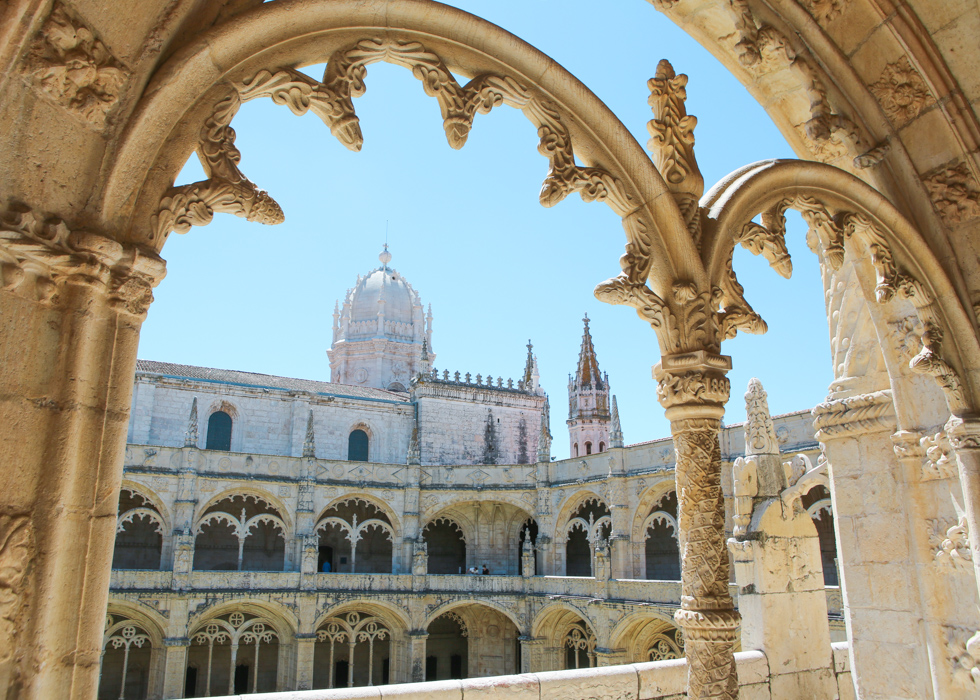
It was classified a UNESCO World Heritage Site, along with the Tower of Belém. It is characterized by beautiful stone carvings, elaborate sculptural details, and maritime motifs. The cloister is magnificent, with each column differently carved with sea motifs, evocative of the great discoveries of the age. The church is free but you need to pay (and queue…) to visit the Cloister (10€). If you want to know more about Portugal's history, you can visit the nearby Museu de Marinha (Maritime Museum) that details the seafaring history of Portugal.
"The only thing that matters is to feel the fado. The fado is not meant to be sung; it simply happens. You feel it, you don’t understand it and you don’t explain it" (fado singer Amália Rodrigues). Fado music is a form of Portuguese singing known as being very much expressive and melancholic. The artists sing about sad life events and fate: it is often associated with the Portuguese word “Saudade”, which means longing, symbolizing a feeling of irreparable loss.
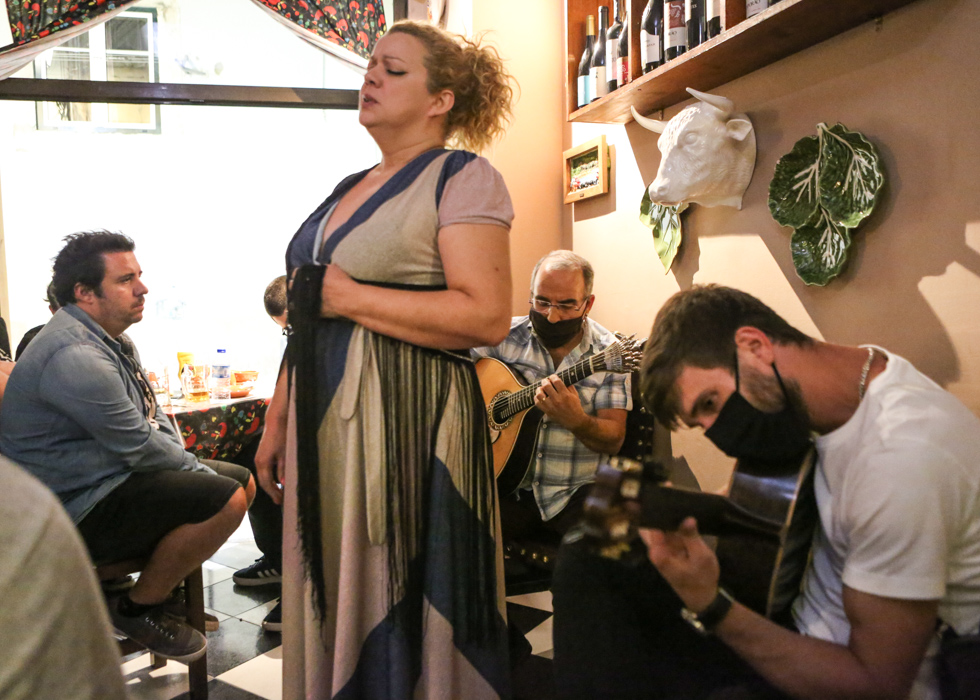
It was traditionally a popular style of singing that could be found in many clubs and cafes. But from the end of the 20th century, it turned into a touristic and commercial attraction. It’s almost impossible to find now an “authentic” Fado, but even the “touristic” ones worth the visit. There is plenty of Fado bar and restaurants in Alfama and Bairro Alto. The entrance is mostly free but watches carefully the menu before, as some of the places usually overcharge the dishes and drinks your order.

Like in every touristic city, Lisbon city center is full of tourist traps where you will pay double the price for less than average food. It’s quite difficult to find a good deal in Baxia, Chiado, Bairro Alto, or Alfama. We suggest you to explore less central places to find nice spots that are famous among locals. When we went to Lisbon, we had the chance to discover one of them: a Tapas no Mercado (Rua Angela Pinto 14 Mercado de Arroios, Loja 20).
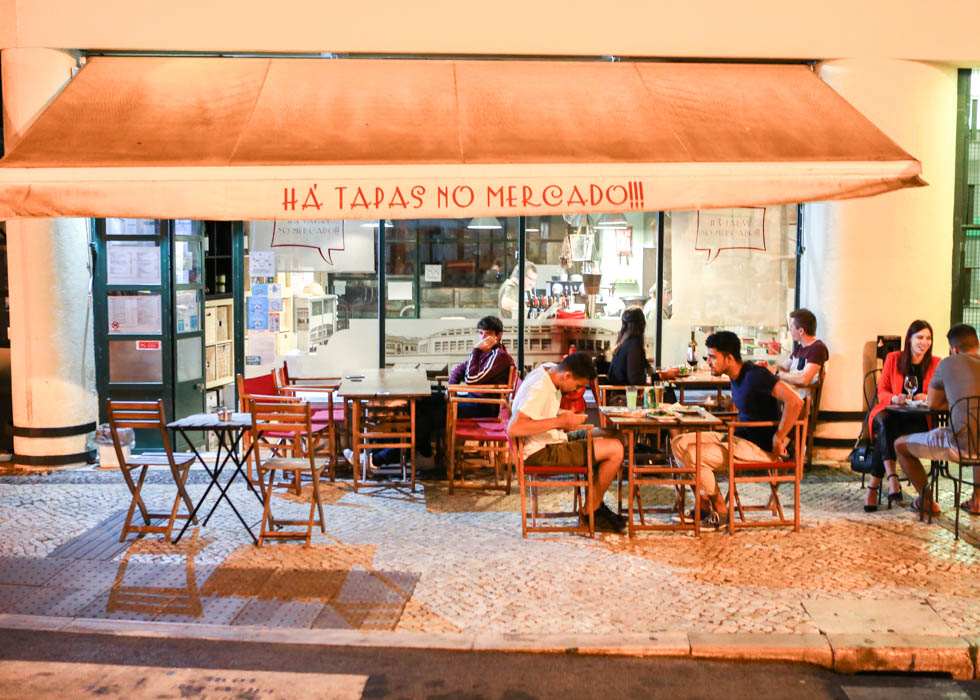
5 minutes’ walk from the Metro station Alameda, this tapas restaurant is owned by a very welcoming couple that only cooks fresh and delicious tapas at a reasonable price. As the place is famous among locals, it’s better to book in advance (hatapasnomercado@gmail.com)
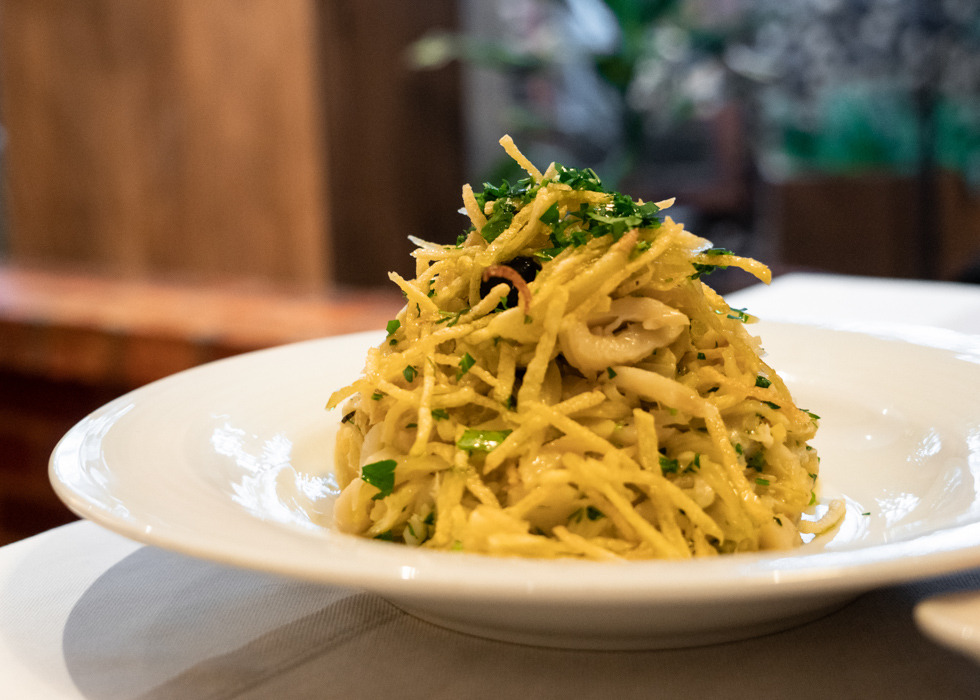
Each region of Portugal has its own dishes. We will just introduce some of the most famous ones, that you can easily find in Portuguese restaurants. The first one is of course Bacalhau (cod). The fish can be cooked in many ways, but the most famous one is Bacalhau à Bras (stir-fried shreds of cod, thin fried potatoes, onions, and eggs). You can also find easily Bolinhos de Bacalhau, deep-fried fish cakes, made of codfish, potatoes, onion. Another famous fish dish is Grilled sardines, which are mostly served in the summer.
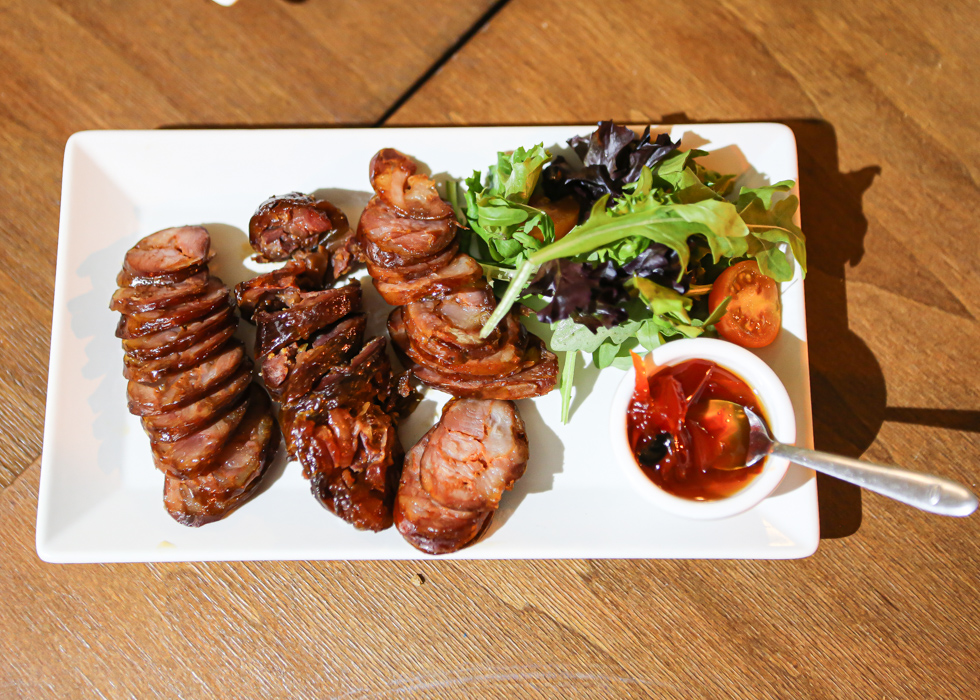
Portugal has also a lot of great meats and especially Chouriço, traditional smoked sausage. It’s sometimes “Chouriço assado” which means flame-grilled with spirits on your table. If you are interested in more spicy food, try Frango Churrasco, roasted chicken seasoned with a hot Piri-Piri (chili) sauce.
Mentioning Pastel de Nata is stating the obvious! However, not all the Pastel are delicious, even in the Pastel de Nata’s capital. But there is one place you should not miss while coming to Lisbon: Pastéis de Belem. The recipe was created in the nearby Monastery dos Jeronimos but Pastéis de Belem was the first bakery to make them, in 1837.
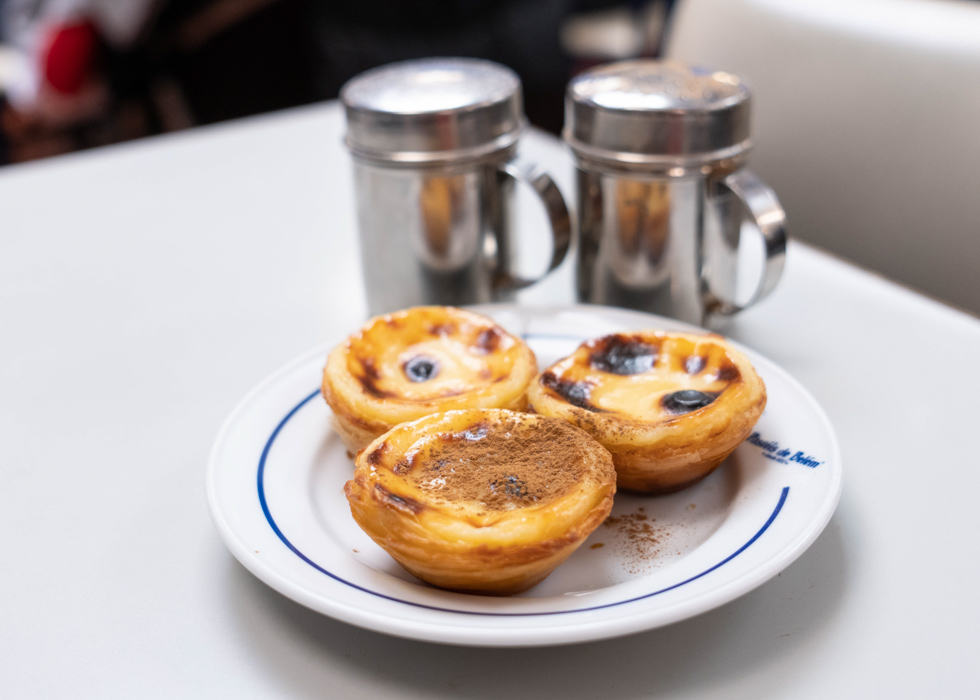
They keep using traditional methods to bake the Pasteis and their recipe, Often imitated, but never equaled, is secret. Since you visit there, do not hesitate to try some other pastries, as they have plenty of choices of traditional Portuguese pastries. You can find more info on our dedicated article here.
Here are some of the best places to enjoy a magnificent view and to take amazing Instagram photos. Most of the places below are "Miradouros" which means "Viewpoint" in Portuguese!
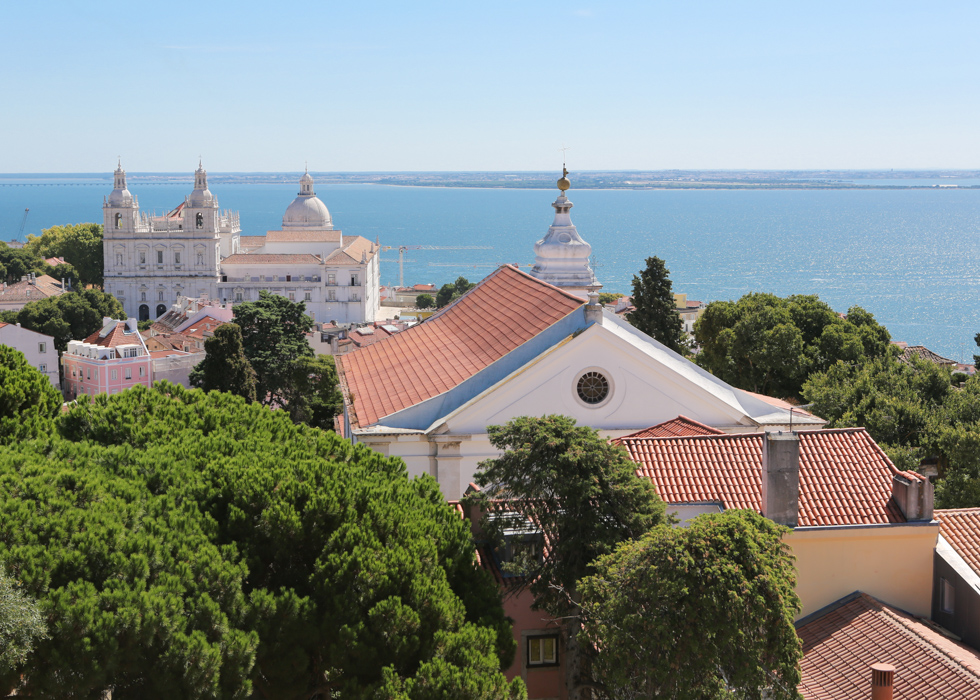
From the towers of the castle, you can enjoy a breathtaking view of Lisbon and the Tagus river.
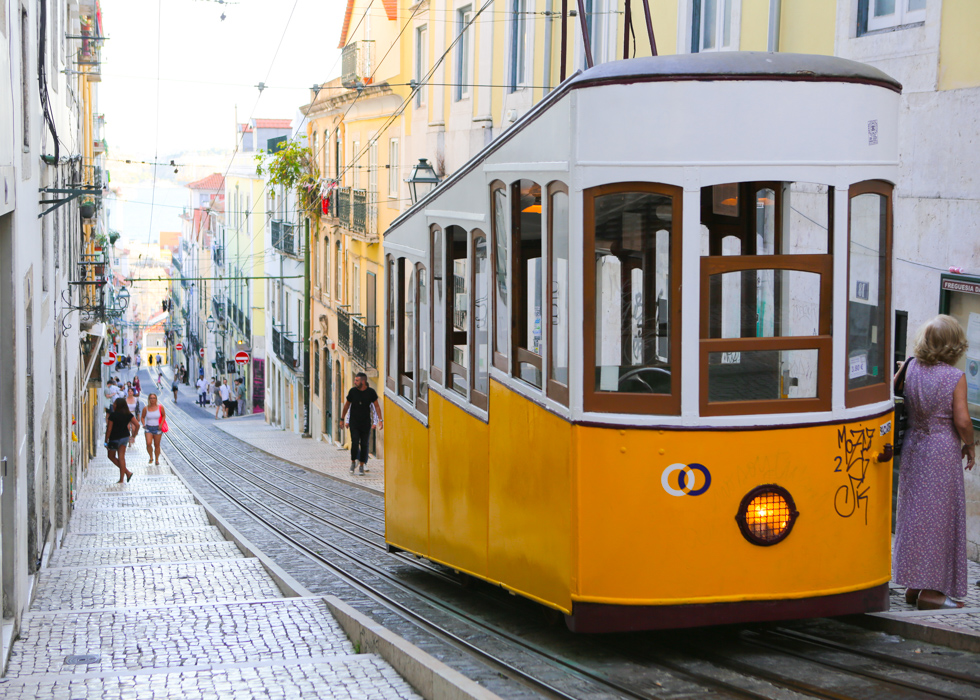
This nineteenth-century picturesque funicular ascends one of Lisbon’s steepest hills and is the most photographed funicular in Lisbon.
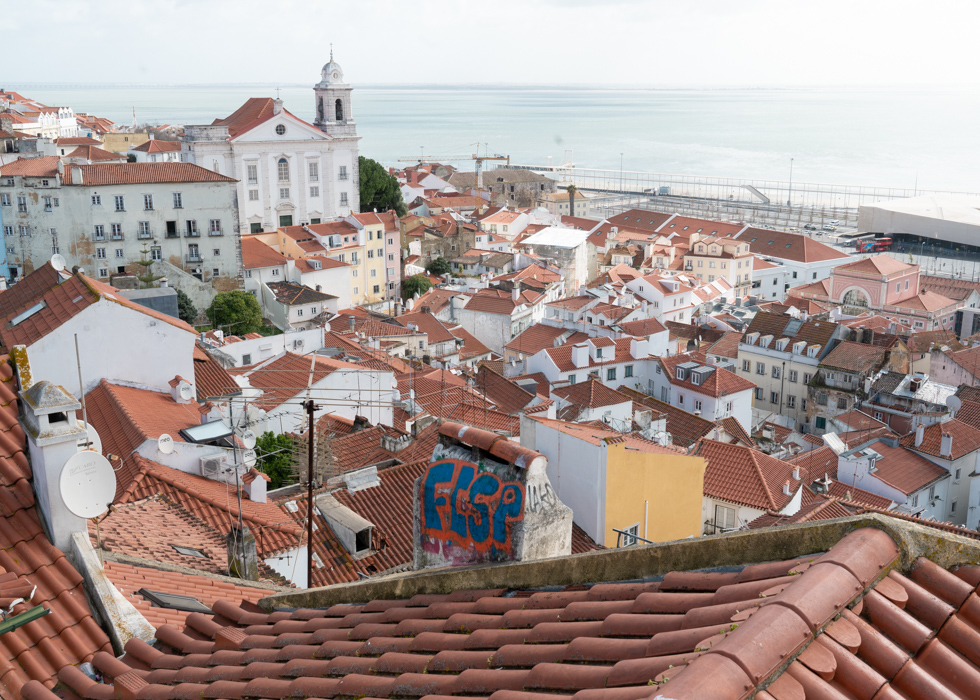
This viewpoint offers truly spectacular views over Alfama, the medieval Lisbon.
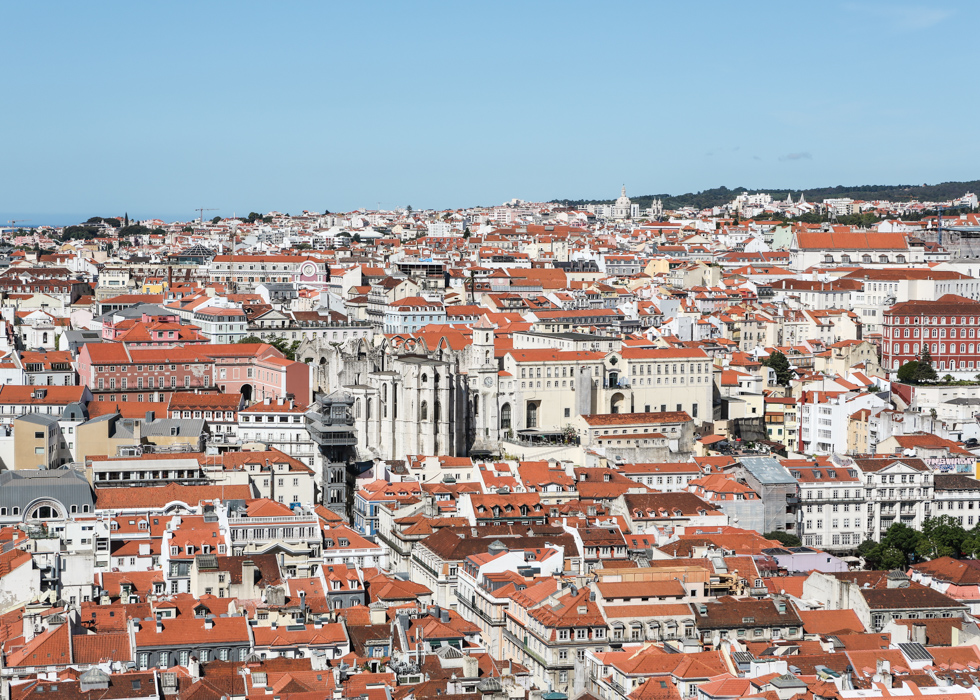
The best view of Baixa is at Miradouro do Graça, a splendid terrace offering a panoramic view of the city center. You can also see perfectly the ruins of Carmo Convent. There is an open-air café with a relaxing atmosphere if you want to chill out. You can visit the nearby convent Igreja da Graça, which has a beautiful cloister.
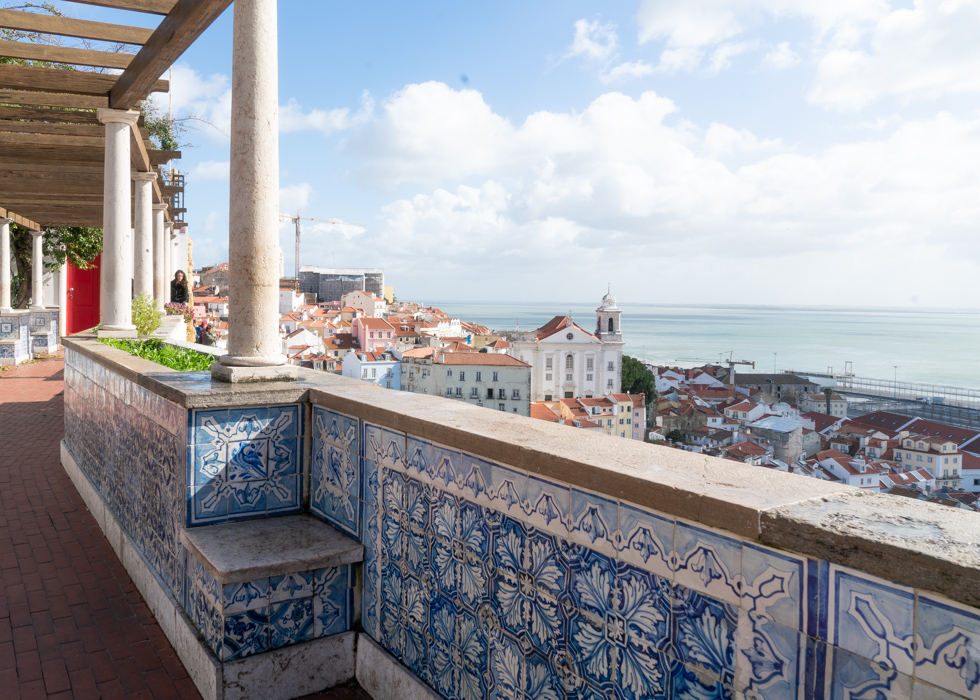
Miradouro de Santa Luzia is a balcony that opens onto the river. This romantic terrace by the church of Santa Luzia offers a sweeping view over Alfama and the Tagus.
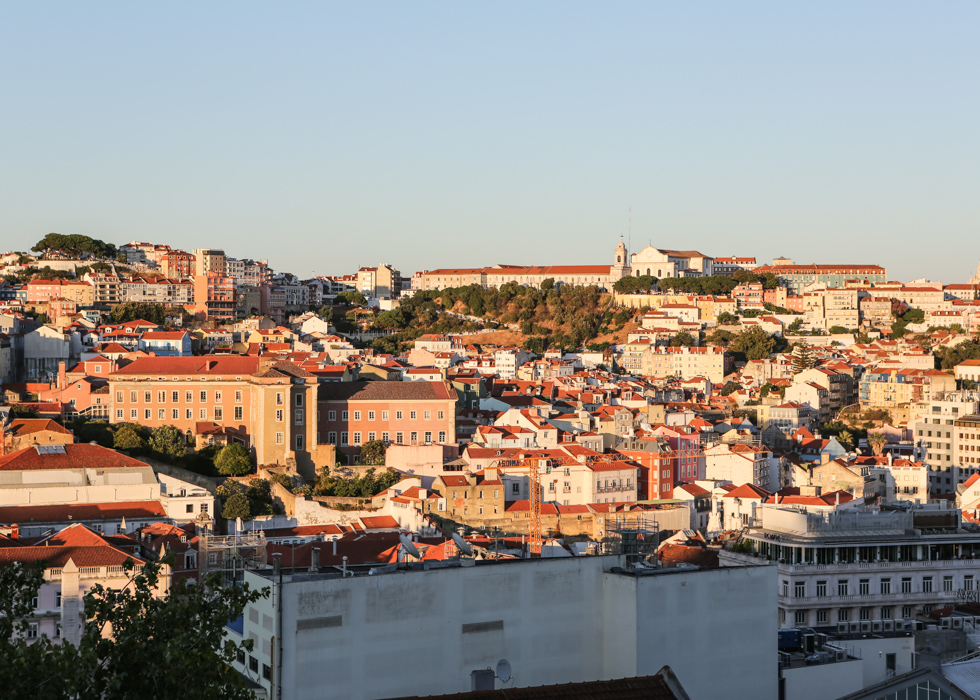
This Miradouro is a garden with a panoramic view across the city to the Castle and central Lisbon. It’s a great spot to enjoy the sunset.
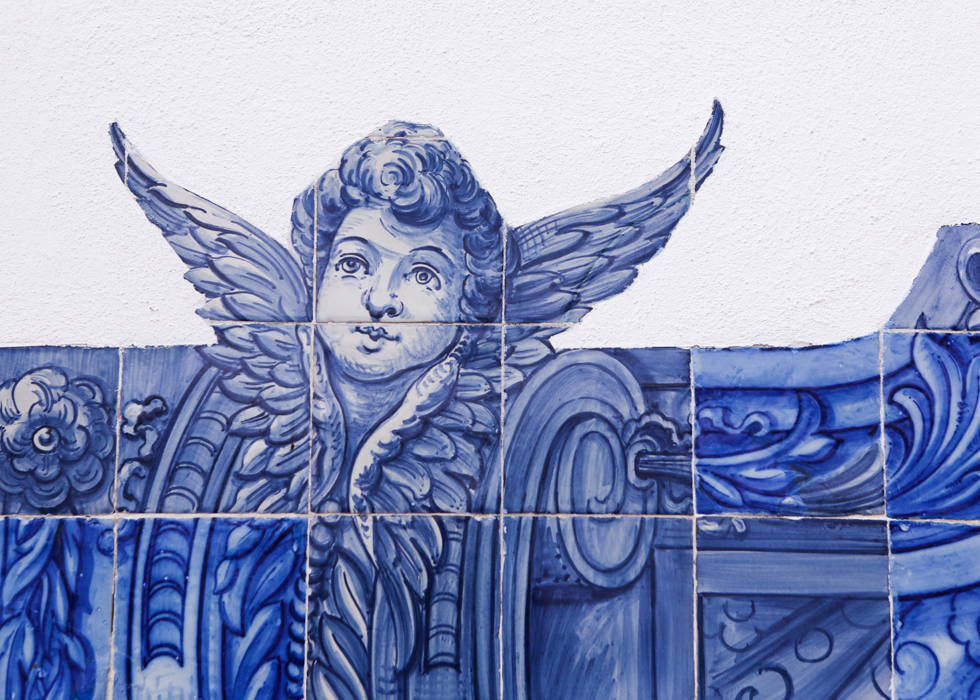
You want to bring back home so Portuguese souvenirs but you don’t know what to choose? Have a look at our article Portugal Souvenirs.
Author and Photos: V. Sacau